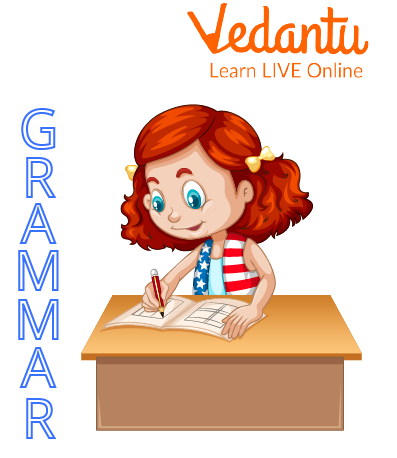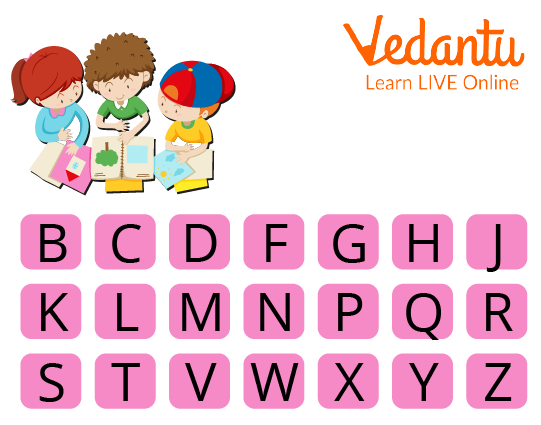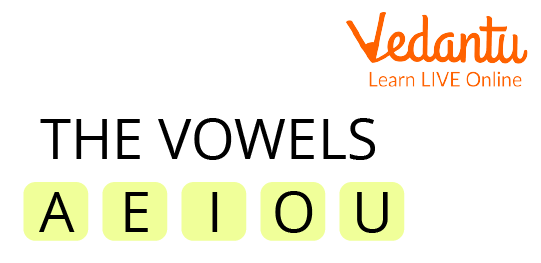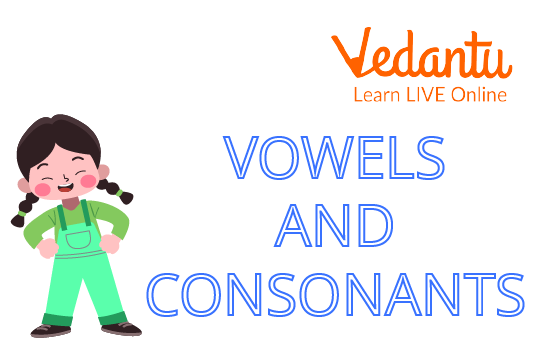Download Free PDF: Vowels and Consonants Notes & Practice for Class 1
FAQs on Class 1 English Grammar: Vowels and Consonants Explained (2025-26)
1. What are the five vowels that are most important for Class 1 English exams?
The five main vowels in the English alphabet are A, E, I, O, and U. For your Class 1 exams, you must be able to recognise these letters and use them to form simple words.
2. What types of questions on Vowels and Consonants can I expect in my Class 1 test?
Based on the CBSE pattern for the 2025-26 session, you can expect a few common types of questions in your assessments. These often include:
- Circling the vowels in a given word (e.g., find the vowels in 'TIGER').
- Filling in the blank with the correct vowel to complete a word (e.g., B _ G).
- Sorting a list of letters into two groups: vowels and consonants.
- Writing one word for each vowel.
3. What are consonants, and how are they different from vowels?
All the letters in the alphabet that are not vowels are called consonants. For example, B, C, D, F, G, and H are consonants. The main difference is that vowels can make a sound on their own, while consonants usually need a vowel to make a complete word sound.
4. Why is learning the difference between vowels and consonants so important?
Understanding vowels and consonants is a very important skill because it forms the foundation for reading and spelling. Every single word in English has at least one vowel. Knowing them helps you sound out new words and write them correctly, which is a key skill tested in Class 1.
5. What is a simple way to identify vowels in a tricky word like 'BEAUTIFUL'?
No matter how long the word is, the rule is always the same. Just look for the five special letters: A, E, I, O, U. In the word 'BEAUTIFUL', the vowels are E, A, U, I, U. You just need to spot these five letters to answer the question correctly.
6. Is the letter 'Y' a vowel or a consonant? This is a confusing question.
This is a great question. The letter 'Y' is special because it can be both! It is a consonant when it is at the beginning of a word, like in 'yellow' or 'yes'. It acts like a vowel when it makes an 'i' or 'e' sound in a word with no other vowel, like in 'sky' or 'gym'.
7. What is an easy trick to remember all the vowels for my exam?
A simple and fun way to remember the five vowels is to think of them as a team: A, E, I, O, U. You can sing them out loud or remember a short, funny sentence where each word starts with a vowel. Remembering this team of five will help you answer questions quickly in your exam.

























